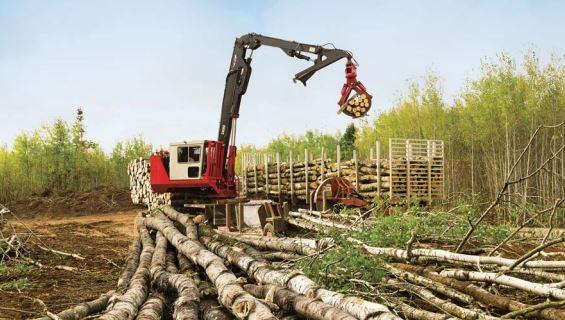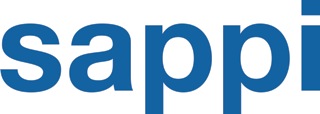How Sappi Ensures Responsible Wood and Fiber Sourcing

Responsible manufacturing begins with responsible sourcing. For the wood products industry, it is paramount that our natural resources are used wisely. In the US, a strong legal framework has shaped and upheld responsible forestry practices for generations. The Clean Water Act first established the requirement for best management practices (BMPs) in the 1970s. Forestry BMPs have been evaluated, tested, revised, and adapted over time by each state. Third-party certification standards have led to additional improvements and provide a scalable assurance mechanism for stakeholders.
Forest Certification
The amount of certified forest varies significantly by country and region. North America is home to over one-third of FSC certified land globally and over half of the world’s PEFC certified fiber. While it is diffi cult to quantify precisely, in the US a significant portion of the forest is certified under more than one standard and roughly one-third of our fiber meets both the FSC and PEFC standards. However, because of the high level of private ownership and the number of smallholders in the supply chain, it is not possible to achieve 100 percent certified fiber. At over 50 percent certified forest fiber in our supply, we have achieved levels higher than most North American manufacturers.
Holistic Fiber Sourcing Assurances
Because of the limited availability of certified forest fiber, nearly all supply chains use a blend of certified and uncertified fi ber. In order to maintain the highest levels of assurances with chain of custody claims, the leading global standards have instituted additional control measures for the uncertified lands. The FSC has established a Controlled Wood standard while the SFI program has a separate Fiber Sourcing Standard. Both of these standards are separate from the Chain of Custody Standards. The FSC Controlled Wood standard is designed to eliminate the presence of controversial sources. There are five categories of unacceptable material that cannot be mixed with FSC certifi ed materials:
- Illegally harvested wood
- Wood harvested in violation of traditional and human rights
- Wood harvested in forests in which high conservation values (HCVs) are threatened by management activities
- Wood harvested in forests being converted to plantations or non-forest use
- Wood from forests in which genetically modified trees are planted
Our group wood and fiber policy requires that all wood and pulp sourced for Sappi (globally) must come from well-managed forests and be third-party verifi ed that it is from controlled and noncontroversial sources. In North America, all of our wood and pulp purchases also meet the SFI Fiber Sourcing Standard which has additional requirements beyond avoiding controversial sources. Building on top of a very strong legal framework within the US and Canada, the SFI Fiber Sourcing Standard also requires that we meet several measurable objectives including:
- Landowner Outreach: To broaden the practice of sustainable forestry by forest landowners through fi ber sourcing programs.
- Use of Qualified Resource and Qualified Logging Professionals: To broaden the practice of sustainable forestry by encouraging forest landowners to utilize the services of forest management and harvesting professionals.
- Adherence to Best Management Practices (BMPs): To broaden the scope of sustainable forestry through the use of best management practices to protect water quality.
Building on the solid legal framework and bolstered by our adherence to third-party verifi cation standards, we can assure stakeholders that 100 percent of our forest fiber is from a well-managed forest, at low risk of any controversial source.
Logger Education Efforts
Our procurement foresters work directly with landowners and can make recommendations for forest management and harvesting professionals. Maine and Minnesota have strong professional logging associations that offer a range of training activities to logging professionals, including certifi cation to Master Logger and Certifi ed Logging Professional (CLP) standards. The Maine CLP program emphasizes safety, and its curriculum includes separate modules centered on the business of logging; forest management/silviculture; safe and effi cient harvesting; and CPR/First Aid.
Coursework offered through the Minnesota Logger Education Program includes:
- Biomass harvesting guidelines
- Chainsaw felling • Compliance with transportation rules and guidelines
- Designing timber sales for wildlife
- Estimating timber volume; fi nancial skills
- Forest management guidelines
- Forest pest detection
- Human resource management
- Information technology (e.g., GPS, GIS, LiDAR)
- Log scale and grading
- Markets for wood products

